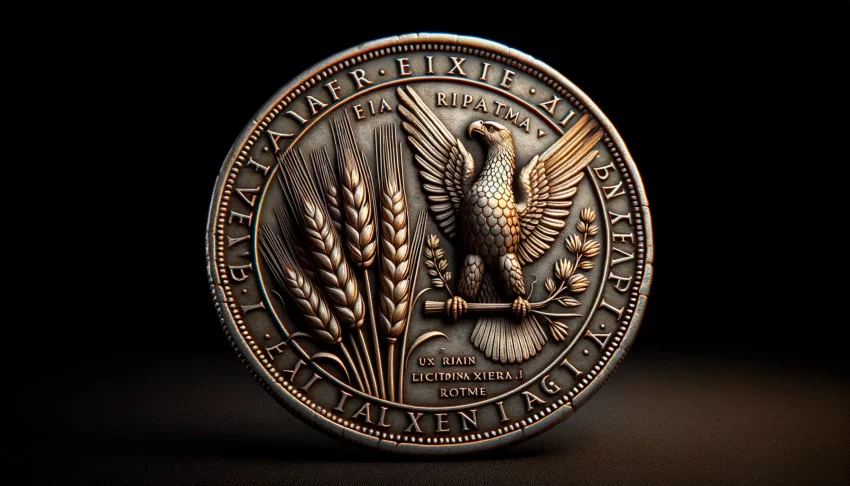The Historical Significance of Chariots in Roman Culture
The chariot wasn’t just a means of transport in ancient Rome—it was a symbol of power, prestige, and adrenaline-fueled spectacle. Imagine the roars of the crowd in the Colosseum, the dust rising as horses thundered around the track, and the vivid colors of team banners whipping through the air. Chariots were the Ferrari of their time, but with far more at stake than speed—they intertwined with every thread of Roman culture.
The Role of Chariots in Roman Life and Myth
Chariots weren’t only about races or warfare; they appeared in art, festivals, and even religion. They carried victorious generals in dazzling parades called triumphs, where the streets of Rome would pulse with celebration. In mythology, gods like Apollo and Sol Invictus were often depicted riding celestial chariots, blazing across the heavens. Such imagery wasn’t accidental—it was a message: chariots symbolized divine power and human ambition.
Why Romans Loved the Chariot Arena
- Passion for competition: The four main racing factions—Reds, Whites, Blues, and Greens—inspired fierce loyalty.
- Status on display: Elite Romans funded teams, gaining clout and political leverage.
- Unifying chaos: For a few hours, commoners and aristocrats alike lost themselves in thrilling races.
Chariots weren’t just vehicles; they were cultural lightning rods, carrying the hopes and dreams of an empire. To truly grasp their importance is to understand the beating heart of ancient Rome itself.
Symbolism and Propaganda in Roman Coinage
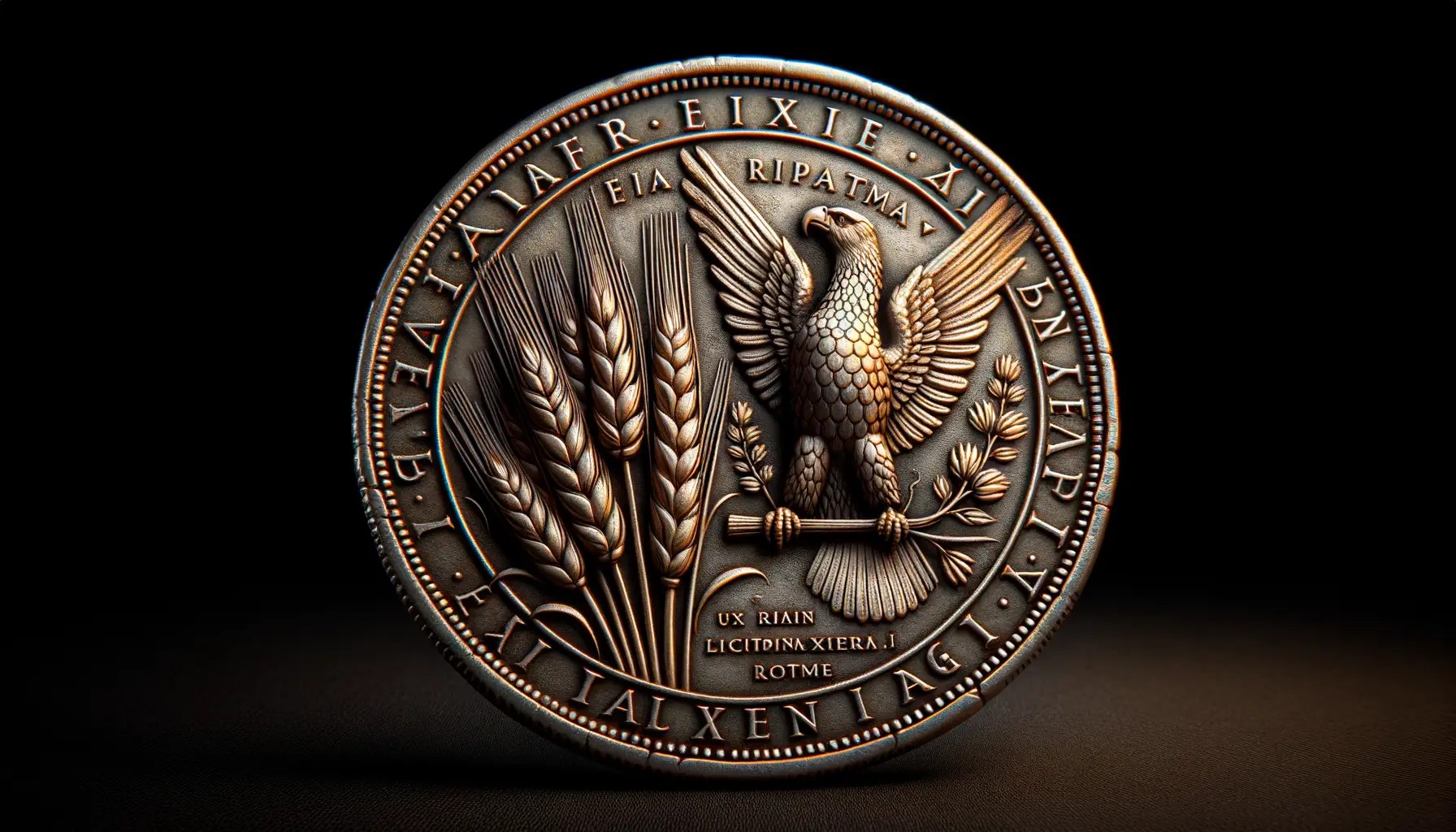
Coins as Ancient Billboards of Power
Roman coins weren’t just currency; they were miniature works of art and, more importantly, tools of persuasion. Imagine reaching into your pocket and every coin you touch whispers a story—not about trade or wealth—but about power, triumph, and divinely-ordained authority. That’s exactly what Roman coins did.
On these small metal canvases, chariots often took center stage, blazing across the surface in dramatic poses. Why? Because a chariot wasn’t just a mode of transportation—it was a symbol of victory, prestige, and military might. When emperors like Trajan or Augustus plastered their faces alongside a charging chariot, it sent a loud message: “I am the conqueror; the gods favor me!”
- Chariots in ceremonial processions meant divine blessing.
- Depicting a triumphal parade flexed imperial dominance.
- Even the horses symbolized speed and control—qualities ideal for rulers.
A Medium for Political Brilliance
Think of Roman coins as the Instagram of the ancient world. Except instead of selfies, you’d see the emperor standing victorious in a chariot, spear in hand, ready to lead his people to glory. These coins carried propaganda to every corner of the empire. In one town, a farmer might see Jupiter’s chariot, while in another, soldiers would handle a piece showing the emperor in a heroic stance.
Through coins, the Romans etched reminders of victories and legitimacy into the everyday lives of citizens. Small? Yes. But ordinary? Never.
Technological Achievements Represented by Chariots
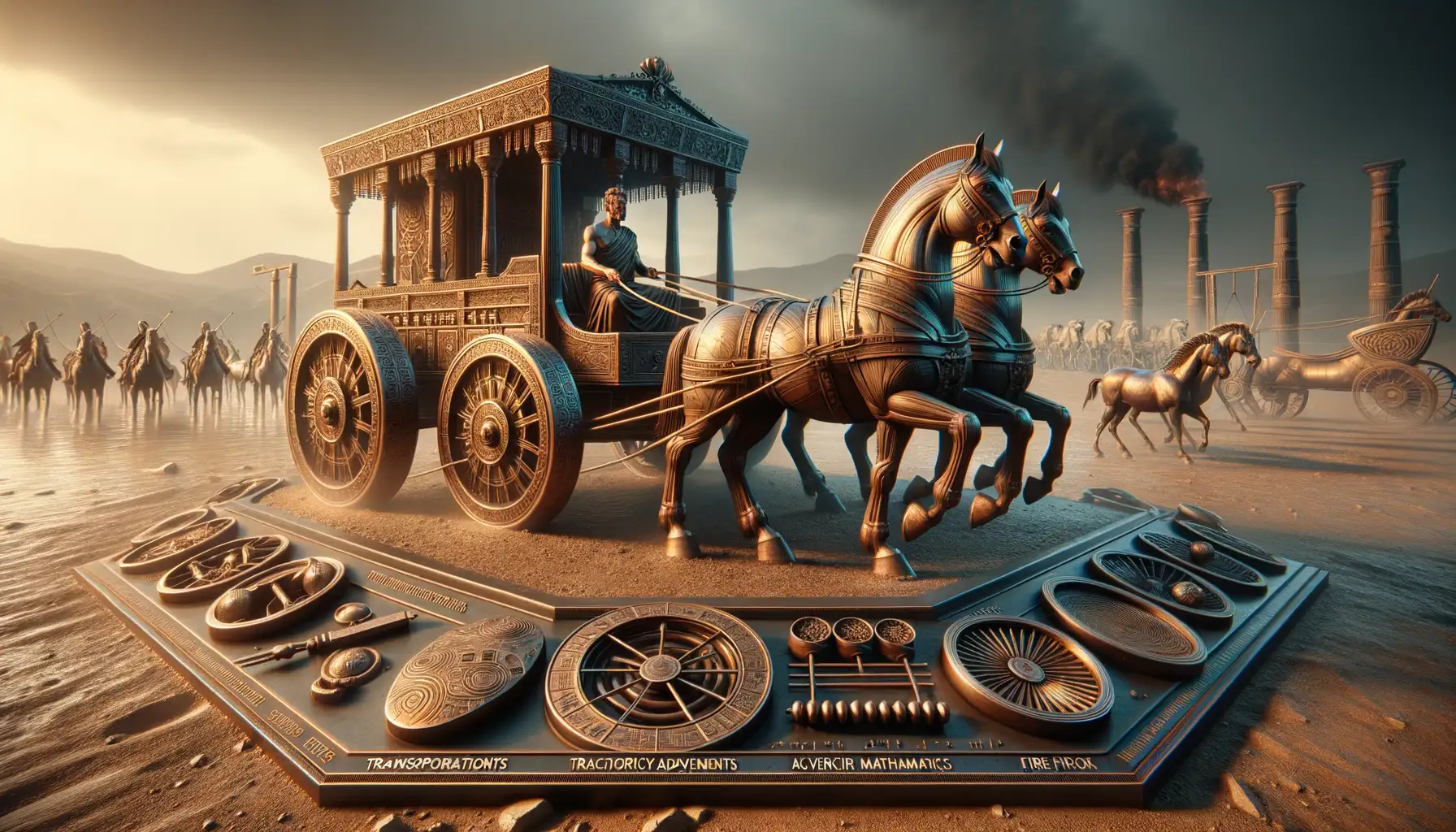
Ingenious Engineering on Wheels
The chariot wasn’t just a vehicle—it was the embodiment of Roman ingenuity on display. Imagine craftsmen working tirelessly, blending durability and elegance to create these war machines and victory symbols. The secret to their success? Mastery over materials and mechanics. Roman chariots were carefully constructed with lightweight woods like ash for high-speed dashes, while iron reinforcements gave them the resilience to thunder across rocky terrain.
And let’s not forget the wheels! A marvel of ancient engineering, they often featured designs to minimize friction, ensuring smooth, rapid motion. Every spoke represented precision, every axle a triumph of balance. It’s no exaggeration to say that these vehicles laid the groundwork for advances in transportation technology.
- The addition of suspension systems showcased their eye for comfort and endurance.
- Innovative harnessing techniques allowed horses to pull with maximum efficiency—no wasted energy here!
Chariots as Mobile Masterpieces
Picture this: a breathtaking chariot adorned with intricate carvings of gods, eagles, or mythical beasts. These weren’t just tools; they were art in motion. Some coins immortalize these mobile masterpieces, featuring detailed depictions of their ornate design. Could there be a more striking way to celebrate Roman craftsmanship?
Famous Examples of Roman Coins Featuring Chariots
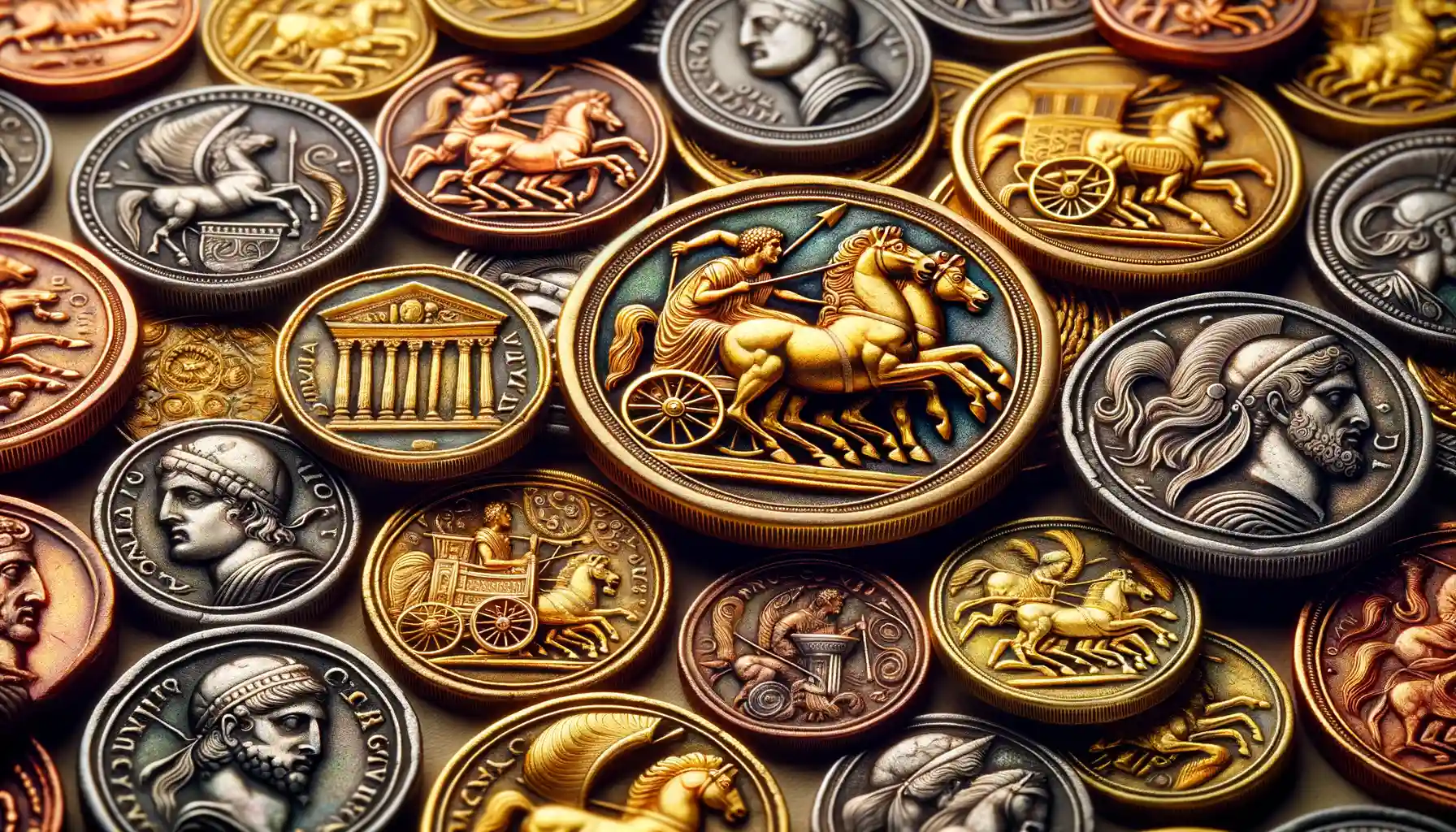
Chariots That Tell a Story: Standout Roman Coins
If ancient coins could whisper their tales, Roman coins featuring chariots would have volumes to share. These intricate designs weren’t just currency—they were glimpses into the heartbeat of Rome. Some examples? They’re pure magic. Let’s shine a spotlight on the most dazzling ones:
- Denarius of Tiberius Gracchus (82 BCE): This coin is like a scene from an action movie. It depicts a quadriga (a four-horse chariot) racing forward, embodying unstoppable speed and determination. You can almost feel the thunder of horses’ hooves pounding through history.
- Aureus of Augustus (28 BCE): Now, this masterpiece doesn’t just show a chariot—it celebrates Augustus’ triumphs. Draped in victory, it screams power and political genius, with the emperor himself guiding the chariot as if he controls both the heavens and earth.
- Sestertius of Trajan (103 CE): Imagine an emperor standing tall in a chariot, holding a laurel branch like a trophy. This coin glorifies Trajan’s military conquests, making it more than money—it’s a slice of sheer Imperial pride.
These coins weren’t made to sit quietly in pouches. They were miniature stages, broadcasting the epic drama of Rome’s glory to anyone lucky enough to hold them.
The Legacy of Chariots in Roman Numismatics
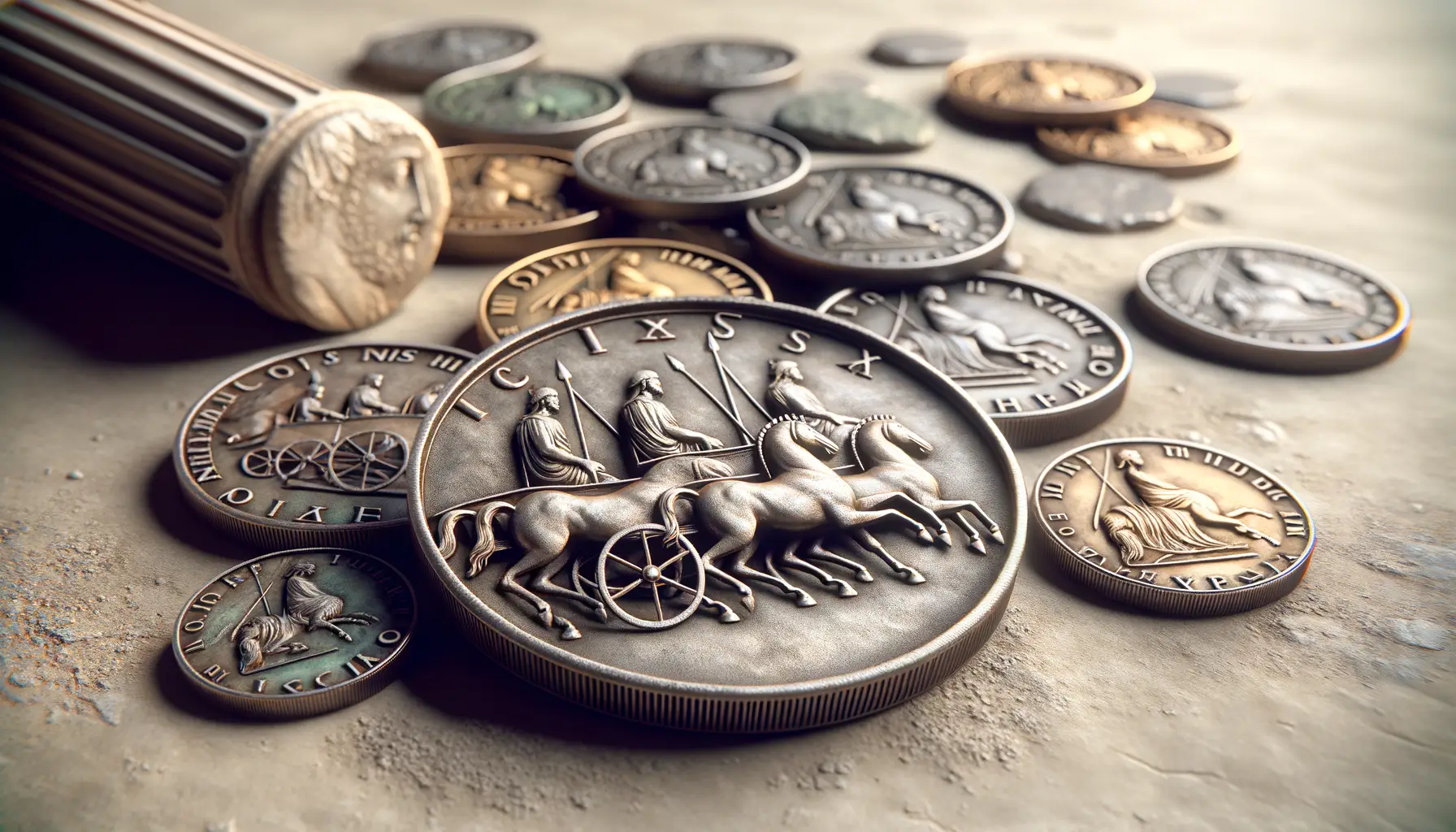
Chariots as Eternal Echoes in Roman Coinage
Imagine holding a small, weathered coin in your hand—a relic of the ancient world. On its surface, delicately engraved, is a scene of a thunderous chariot, wheels blazing, pulled by powerful horses. It’s not just art; it’s a message, a whisper from a bygone era that still speaks volumes today.
Roman coins featuring chariots were not mere currency; they were storytellers. Every chariot design symbolized a slice of Roman life. Some celebrated military triumphs, like a conquering general returning home victorious, while others highlighted divine support, showing figures like Sol or Luna riding celestial chariots across the heavens. These coins carried more weight than their metal—they were portable pieces of propaganda and pride.
- The four-horse quadriga: A mark of ultimate victory, often linked to triumphal processions.
- The two-horse bigatus: A nod to swiftness and efficiency, popular during earlier Republican years.
Even centuries later, chariots on Roman coins inspire awe. They remind us of the empire’s ambition, technological brilliance, and unrelenting desire to etch its legacy into eternity—one coin at a time.




